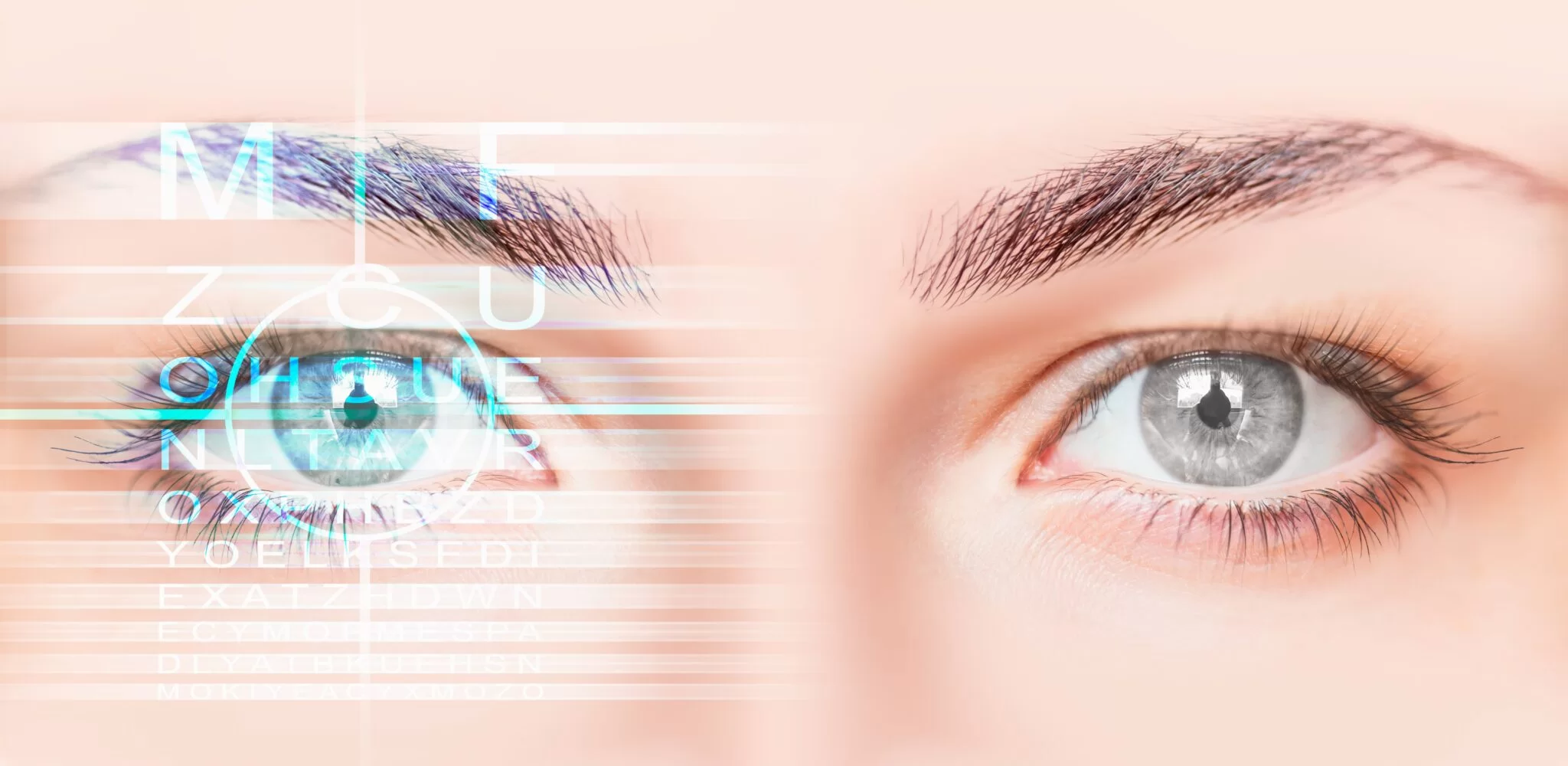QUICK APPOINTMENT FORM

What is Colour Blindness?
Colour blindness is a condition in which the retina, the light-sensing layer of the eye, lacks special pigments that detect colours or does not contain enough pigment. It results in the inability to distinguish between various colours or shades of colour.
As an inherited factor, it is caused by faulty genes on the X chromosome. Colour blindness is divided into different types, the most common being red-green colour blindness. In this type in particular, people have difficulty distinguishing between red and green colours and cannot see shades of these colours correctly.
Other types of colour blindness include blue-yellow colour blindness, total colour blindness (monochromacy) and partial colour blindness (achromatopsia). In full colour blindness, people see all colours in shades of grey, while in partial colour blindness, they see some colours paler or less vivid than normal.
What are the Causes of Colour Blindness?
Colour blindness, as a common visual impairment, affects the way people perceive and see colours. It affects about 8% of the world’s population and creates disadvantages in everyday life.
The retinal layer in our eyes contains light receptors called cones. The cones contain three different types of pigment. Red, green and blue. When light falls on the retina, the cones convert this light into signals and send them to our brain. Our brain interprets these signals and creates our perception of colour.
In colour blindness, one or more of the pigments in these cones are missing or dysfunctional. This prevents the brain from interpreting colours correctly and leads to different types of colour blindness. Causes of colour blindness include the following.
- Genetics is the most common cause of colour blindness. It is transmitted by a recessive gene linked to the X chromosome. Therefore, it is more common in men than in women.
- Some eye diseases such as cataracts, diabetic retinopathy and macular degeneration can also cause colour blindness.
- The ability to perceive colours may decrease with aging.
- Colour blindness can be seen as a side effect of some medications.
What are the Symptoms of Colour Blindness?
Colour blindness is an inherited condition and is more common in men than in women. In some cases, it can also be acquired and can be caused by factors such as eye injuries, the use of certain medications or ageing. The most common symptoms of colour blindness are.
- Difficulty distinguishing red and green colours or difficulty distinguishing blue and yellow colours
- Colours appear pale or dull
- Difficulty seeing at night
- Difficulty identifying the colour of certain objects
Some Other Symptoms of Colour Blindness are as follows:
- Eye strain
- Headache
- Light sensitivity
- Watery eyes
How do colour blind people see the world?
Contrary to popular belief, colour blindness does not mean seeing the world in black and white. There are different types of colour blindness, affecting the way people perceive colours and their eyesight. Red-green colour blind people cannot distinguish between the colours red and green or have faded vision.
Red lights may appear yellow to them and green leaves may appear brown. Blue-yellow colour blind people cannot distinguish between the colours blue and yellow or have faded vision. Blue lights may appear grey to them and yellow objects may appear pale or white.
Full colour blind people see all colours in shades of grey. They perceive the world as a black and white film.

Diagnosis and Treatment of Colour Blindness
Colour blindness is diagnosed using colour vision tests. One of the most common tests is the Ishihara test. In this test in particular, there are circles made up of dots and some of the dots are a different colour to the rest of the circle.
People with normal eyesight can see the numbers inside the circle, whereas colour blind people may not see these numbers or may see different numbers. Other tests used to diagnose colour blindness are as follows:
- Anomaloscope Test
- Farnsworth-Munsell 100 Tonne Test
- Farnsworth Lantern Test
Today, special glasses and contact lenses for colour blindness help you to see colours more clearly. In some cases, coloured contact lenses can be used to reduce some of the effects of colour blindness.
How Much Does Colour Blindness Treatment Cost?
Colour blindness treatment price varies depending on the underlying cause and the operation to be performed. The treatment plan to be created by our specialist ophthalmologist depending on the detailed examination results may vary from person to person.
The above information is for informational purposes. If you have any medical concerns or questions, please make an appointment with our ophthalmologists.



















